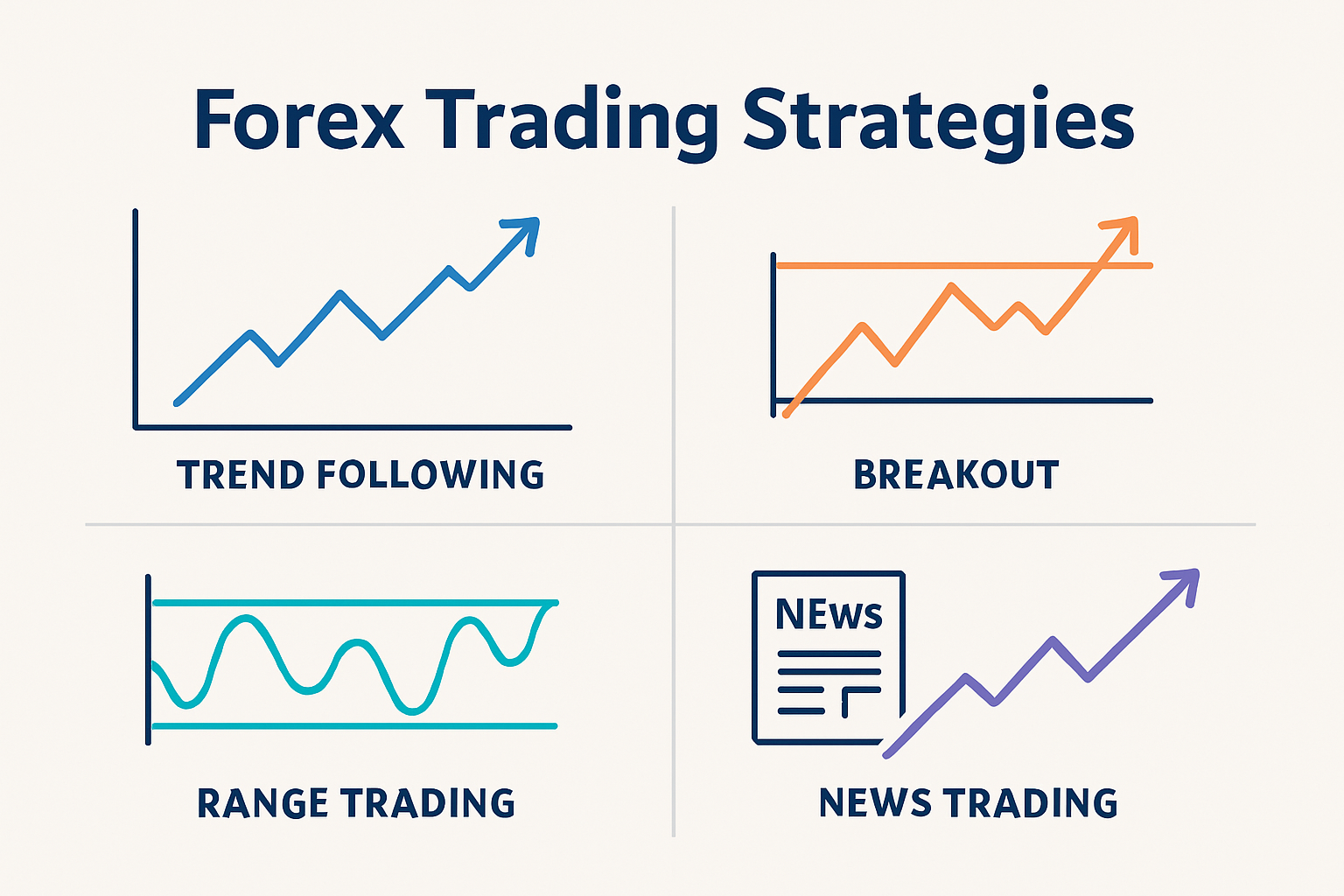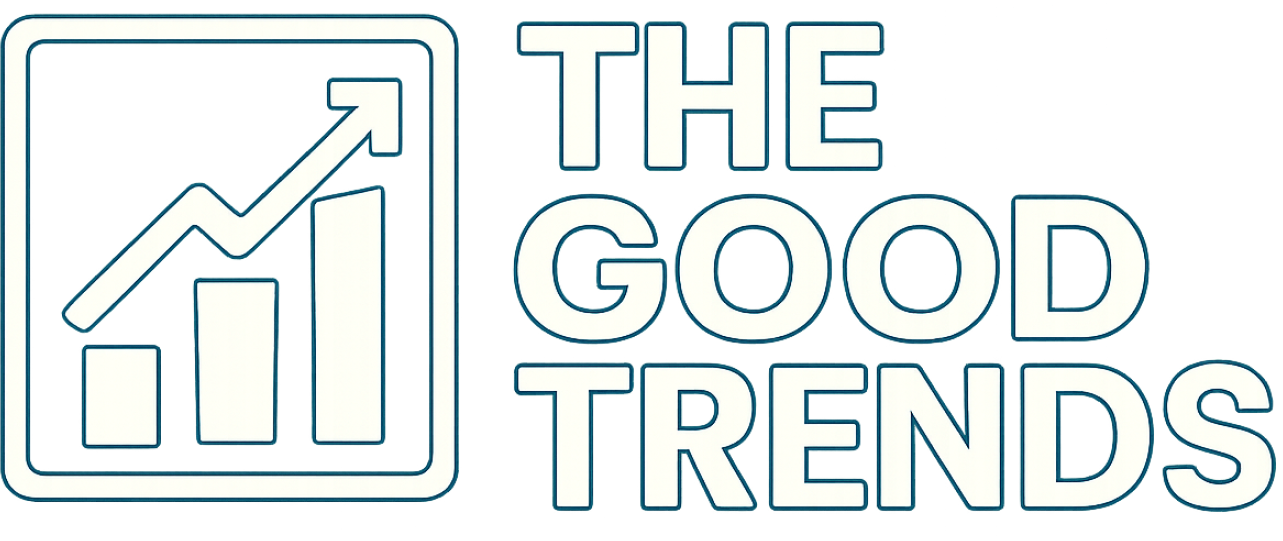
How money in el salvador works with bitcoin adoption?
El Salvador blends traditional dollars with Bitcoin in a pioneering monetary system, reshaping how m...

Forex trading for beginners offers a fascinating gateway into the whirlwind of global financial markets, where currencies never sleep and the action runs 24/7.
Forex trading basically involves buying one currency while selling another simultaneously, which is why currency pairs are the very building blocks you trade with. This market is a bit like the wild west—decentralized and running all over the globe without a single central exchange calling the shots.
| Currency Pair | Base Currency | Quote Currency | Typical Spread (pips) | Volatility Level |
|---|---|---|---|---|
| EUR/USD | Euro | US Dollar | 1.0 to 1.5 | Low to moderate |
| USD/JPY | US Dollar | Japanese Yen | 1.0 to 1.6 | Low to moderate |
| GBP/USD | British Pound | US Dollar | 1.5 to 2.2 | Moderate |
| USD/CHF | US Dollar | Swiss Franc | 1.5 to 2.0 | Moderate |
| AUD/USD | Australian Dollar | US Dollar | 1.5 to 2.5 | Moderate |
| USD/CAD | US Dollar | Canadian Dollar | 1.5 to 2.5 | Moderate |
It is vital to get a good handle on these terms. Take a 'pip' for example—it tracks price movements and helps you see where your gains or losses stand.
Pick a reliable and regulated forex broker that fits your trading style—this step can save you a lot of headaches later.
Open a demo account to get your feet wet without risking your hard-earned cash. Think of it as training wheels for trading.
Take time to get cozy with the basic features of the trading platform like how to place orders smoothly so you’re not fumbling when it counts.
Jot down a simple trading plan that lays out clear goals and defined risk limits. That clarity can make all the difference.
Keep practicing on your demo account until you feel confident and your skills start to shine.
When you’re ready to take the plunge, begin trading live but keep amounts small. Better safe than sorry when real money is on the line.
A demo account is a must for beginners, offering a risk-free playground to get the hang of things and truly grasp how the market ticks.
These strategies usually lean toward being beginner-friendly because they focus on clear signals and setups that are straightforward to handle. Trend following rides the wave of market momentum. Breakout trading is great for catching new moves as they happen. Range trading offers entry points that feel steady and predictable.

Visual illustration of basic forex trading strategies suitable for beginners.
Managing risk smartly is absolutely vital in forex trading. Stop-loss orders act like your safety net and help keep potential losses in check. Carefully sizing your positions means you’re not putting all your eggs in one basket.
"In forex trading, keeping losses in check is just as vital as racking up profits, because let us face it, discipline is what guards your hard-earned capital for the next round of opportunities."
Discipline and a steady appetite for learning often turn out to be your best allies against the usual slip-ups.
When starting your journey in forex trading for beginners, lots of educational websites offer free tutorials and webinars that are perfect for dipping your toes in the water. Demo accounts from brokers let you practice without risking a penny, which I have found is a great confidence booster. Trading simulators give you the chance to fine-tune your strategies in real-time market conditions. Keeping up with forex news sources is really useful to get a feel for the market’s mood swings. Platforms like TradingView provide user-friendly charting tools and community insights.
Are you tired of juggling multiple tools for your trading needs? TradingView is the all-in-one platform that streamlines your analysis and decision-making.
With its powerful charting capabilities, real-time data, and vibrant community, TradingView empowers traders like you to stay ahead of the market. Join thousands who trust TradingView for their trading success.
Elevate your trading game with TradingView, the ultimate platform for technical analysis and market insights. Gain access to advanced charting tools, real-time data, and a vibrant community of traders worldwide. Discover new opportunities and refine your strategies today.
23 posts written
With 15 years of experience in commodity markets, Leila Amiri is transforming the field with her unique perspectives on sustainable investing and ESG integration.
Read Articles
El Salvador blends traditional dollars with Bitcoin in a pioneering monetary system, reshaping how m...

Discover the definitive guide to foreign exchange trading hours. Learn how global market sessions in...

Discover everything about forex market hours in this definitive guide. Understand session timings, o...

Understand the key drivers behind Myanmar currency fluctuations in forex trading, from domestic refo...
